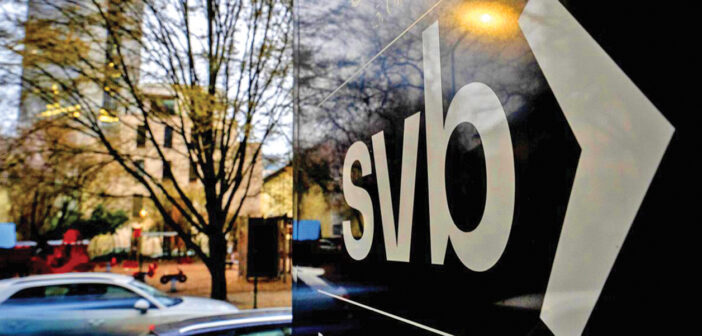In March 2023, Silicon Valley Bank (SVB) collapsed. When a bank fails, the Federal Deposit Insurance Corporation (FDIC) repays depositors up to a $250,000 limit, a limit that is widely known. Approximately 90% of SVB’s deposits were above this limit.
When a bank fails, its remaining assets are liquidated with the proceeds paid to depositors, while the bank’s bond and stockholders get wiped out. Uninsured deposits would likely be repaid at $0.80-$0.90 on the dollar through this process.
Rather than SVB going through the standard bankruptcy process, U.S. Treasury Secretary Janet Yellen announced that all depositors would immediately have access to their funds, even those over the FDIC limit. This is a bailout of depositors at the expense of taxpayers, much like what happened during the 2008-09 financial crisis.
The FDIC is an insurance program funded through premiums paid by member banks. Secretary Yellen said that SVB depositors would be paid by a special assessment charged to FDIC member banks. This is akin to an insurance premium surcharge and will be passed through to consumers via lower interest rates on deposits and/or higher fees. Thus, contrary to Secretary Yellen’s insistence, SVB’s bailout is funded by taxpayers.
Advocates of the bailout claim that depositors, largely made up of Silicon Valley startups, were just innocent bystanders wanting a checking account and should not pay the cost of the SVB executives’ malfeasance. This claim does not hold up to scrutiny. As previously mentioned, the FDIC limit is knowable to everyone. And banks often offer “sweep accounts” that sweep deposits above the FDIC limit into FDIC insured accounts at the end of the business day. SVB offered this service, but depositors largely did not use it. No one has bothered to ask why not, but analysts have speculated that the bank offered incentives, such as boutique banking services, for depositors not to use the service. If this is the case, then depositors are culpable for not insuring these deposits and should bear the cost of this. Regardless, leaving millions of dollars in uninsured accounts is a massive failure of internal corporate controls and the business, not the taxpayer, should bear the cost.
Bailout advocates also claim that SVB was systemically important, and its failure would have led to further problems in the banking sector absent a bailout. And the loss of these startups would have hampered economic growth. These do not hold up to scrutiny, either. SVB held less than 1% of all deposits in the banking system. Startups undertaking truly productive and profitable activities could have found bridge financing after the bank failed.
SVB was another bailout in a long list of bank and Wall Street bailouts. After a bailout, the government often promises “no more bailouts” only to undertake yet another bailout with another promise to not do it again. Eventually, executives come to expect bailouts and undertake risky activities since taxpayers will pay the cost of them. This “moral hazard” all but guarantees more taxpayer funded bailouts to occur in the future.








